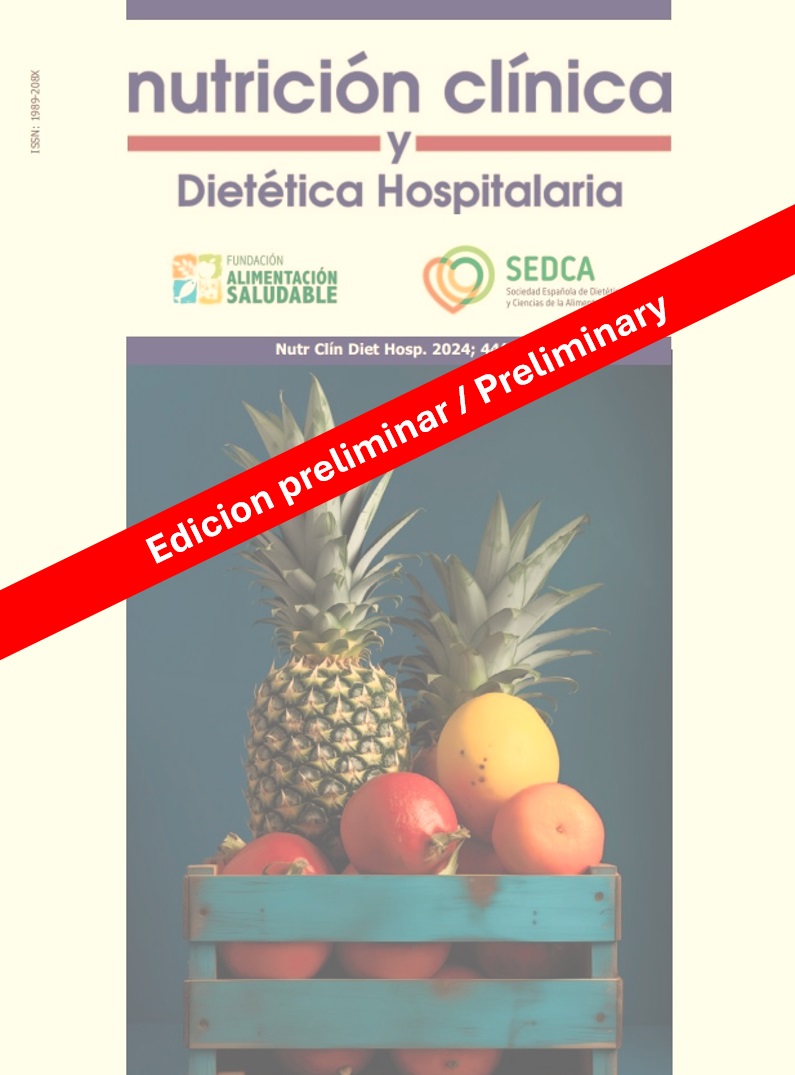Women Dietary diversity Score and cardiometabolic risk factors of female health workers of reproductive age in Saltillo Coahuila.
DOI:
https://doi.org/10.12873/444nupoPalabras clave:
puntuación de diversidad dietética de las mujeres; Obesidad, Hipertensión CardiometabólicaResumen
Introduction: Women’s Dietary Diversity is a popular
method for evaluating dietary diversity among women who
are of reproductive age. It can also be helpful in identifying
macronutrient deficiencies in women.
Objectives: This study was designed to determine the
women dietary diversity score and the cardiometabolic risk
factors of women in health in Saltillo Coahuila Mexico
Method: Across sectional study was carried out among one
hundred and twenty-one randomly selected women working in the hospital. A prevalidated questionnaire was used to obtain information on socio demographic characteristics and lifestyle of the subjects. Food and Agriculture Organization pre validated structured questionnaire on women dietary diversity score (WDDS) was used. Anthropometric characteristics such as weight, height, waist circumference, waist to hip ratio and Mid upper Arm circumference (MUAC) were determined using
World Health organization standard and used to classify obesity and cardiometabolic risk. Hypertension was determined using Sphygmomanometer. MDD-W was classified into two levels of consumption for women: low if MDD-W < 5 and high if MDD-W ≥ 5. The statistical analysis was performed using SPSS software ver.25 and results were reported in frequency distribution, mean ± standard deviation and pie chart. Pearson’s correlation test was done to determine the significance of Dietary diversity with anthropometric indices and cardio metabolic risks.
Results: The majority (52%) of the subjects were sin
gle, forty-five (45%) percent smoke cigarettes while 83%
consume alcohol. Seventeen percent had low MUAC, 51%
had abdominal obesity and twenty nine percent had hyper
tension stage 11. Most (97%) had high WDDS. Identified
cardiometabolic risk were smoking, abdominal obesity and
obesity.
Conclusion: The women dietary diversity score of the sub
jects were high. The identified cardiometabolic risk factors
among the participants were high. There is a critical and ur
gent need for nutrition and health education for the workers.
Referencias
NO
Descargas
Publicado
Licencia
Derechos de autor 2024 Nutrición Clínica y Dietética Hospitalaria

Esta obra está bajo una licencia internacional Creative Commons Atribución-NoComercial-SinDerivadas 4.0.
Los lectores pueden utilizar los textos publicados de acuerdo con la definición BOAI (Budapest Open Access Initiative)



